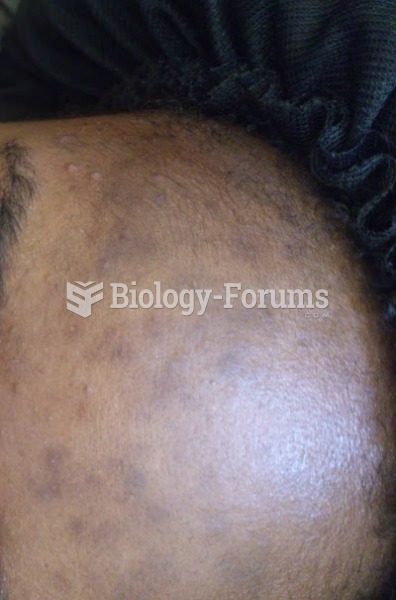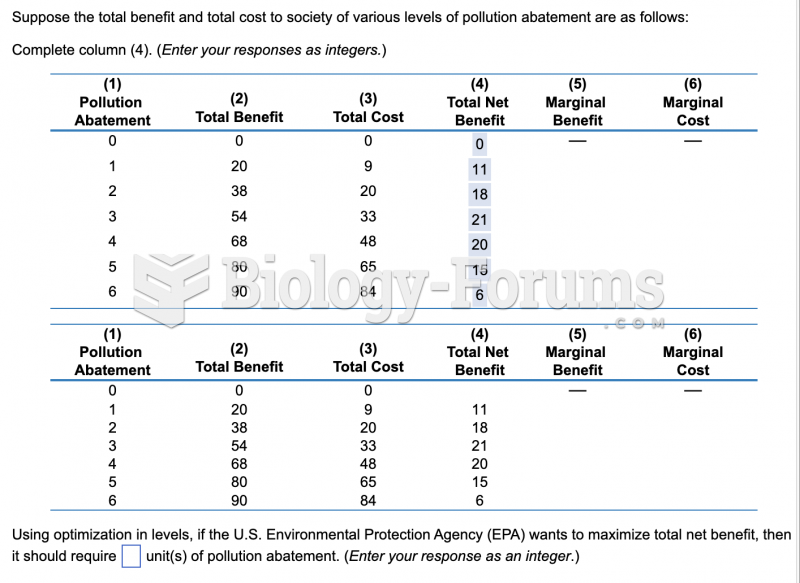Answer to Question 1Golden hamsters are native to the desert areas of Syria and are sometimes referred to as Syrian Golden
hamsters. They were discovered in 1930 by Professor I. Aharoni of the Department of Zoology, Hebrew
University, in Jerusalem. Professor Aharoni was exploring an animal tunnel near Aleppo, Syria, when he
came across a mother and her litter. Of the litter of 12, only a male and two females survived the trip back to
the university. These three were later mated and are believed to be the foundation for all Golden hamsters in
captivity today.
In 1931, young hamsters were shipped to the United States Public Health Service Research Center at
Carville, Louisiana, where they were used in medical research. While being used in research, it was discovered
that the Golden hamster could be tamed and made into a pet.
Answer to Question 2EnteritisThis is an inflammation of the intestinal tract. There are four types of enteritis: mucoid enteritis,
enterotoxemia, Tyzzer's disease, and coccidiosis. Mucoid enteritis expresses itself as mucous discharges
from the rectum and causes the animal to appear potbellied or to be filled with water. Diseased animals
fail to eat but drink a lot of water. If water is supplied in a bowl, a diseased animal often puts its feet in the
water and grinds its teeth. Death usually occurs four days to one week following onset of symptoms; very
little can be done to save affected animals. Enterotoxemia causes dehydration and shock. Severe diarrhea
is caused by the increased amount of fluid taken into the cecum and intestines in an effort to dilute the
toxins. Rapid weight loss, rough appearance, and sunken eyes are also symptoms; there is almost 100
percent mortality in affected animals. Tyzzer's disease causes severe diarrhea and death in young rabbits six
to seven weeks old. Other symptoms include rapid weight loss, dehydration, and death occurring within
one to three days. Coccidiosis causes diarrhea stained with blood and mucus, potbellies, and rough hair
coat. Infected animals stand around with arched backs.
SnufflesPersistent sneezing with a white-colored nasal discharge are signs of this disease; the fur on the
front feet above the paws will be matted from the rabbit constantly pawing at its nose.
MastitisThe mammary system becomes inflamed, swollen, hot, and dark red or blue in color.
Weepy eyeAn inflammation of the conjunctiva, the mucous membrane lining the surface of the eyelids
and covering the front part of the eyeball. Affected rabbits rub their eyes with their front feet; there is a
discharge from the eye, and the fur at the corner and lower lid of the eye becomes matted.
Treponematosis (vent disease, rabbit syphilis)First signs appear as bare areas around the genitals. Small
blisters or ulcers usually form, and eventually the area becomes covered with scabs; these scabs are usually
confined to the genital areas but may appear on the lips and eyelids.
Ear mitesEar mites irritate the lining of the ear and cause a watery fluid and thick brown crusts to build
up, creating an ear canker. Infested rabbits scratch at and shake their head and ears. They lose weight and
may develop infections, which can damage the inner ear, reach the central nervous system, and result in
torticollis or wry neck.
Infectious myxomatosisThis is a fatal disease of domestic rabbits. Primarily seen in the coastal areas of
California and Oregon. The virus causing the disease is transmitted by mosquitoes, biting flies, and by
direct contact. Incidence of the disease is greatest during May to August.
PapillomatosisThis disease causes small warts that appear in or around the mouth and around the head,
neck, and ears.
RingwormAffected areas are circular, raised, reddened, and capped with white, flaky material.
Fur mitesMites may be noticed as dandruff. Scraping the dandruff from the skin onto a dark paper or
background will demonstrate this and has led to the nickname walking dandruff for this condition.
Mange mitesInfestation will cause an itchy condition to the rabbits.
PinwormsSlow growth and poor coat condition characterize this condition.
Wet dewlapsThis condition is caused by the rabbit dragging the dewlap into the water bowl, which
results in the fur on the dewlap becoming wet and matted. Infection of this area causes the skin to turn
green and produce an odor.
Fur chewingRabbits may pull fur from themselves or others in a pen and chew it. Fur chewing is thought
to be caused by simple boredom, a low-fiber diet, or a nutrient deficiency.
Hutch burnA chapped or burning condition around the external genital area indicates this condition,
caused by the animal sitting for long periods of time in a wet, dirty area. The chemicals in urine-soaked
bedding cause a burn to the tender skin of the genital area; these burned areas may develop secondary
infections if conditions are not corrected.
Sore hocksSore hocks are ulcerated areas on the bottom of the foot. Rough wire cage floors, nervousness
of the animal, and matting of the fur on the foot are conditions that increase the likelihood of sore hocks.
An accumulation of wet bedding, hair, and feces in the corners of the cage may also be a contributing
factor.
MalocclusionIn this condition, the upper and lower teeth grow to the extent that the animal cannot eat.
The condition results because the teeth do not wear down properly, or it may be an inherited condition in
which the teeth do not come together properly.






